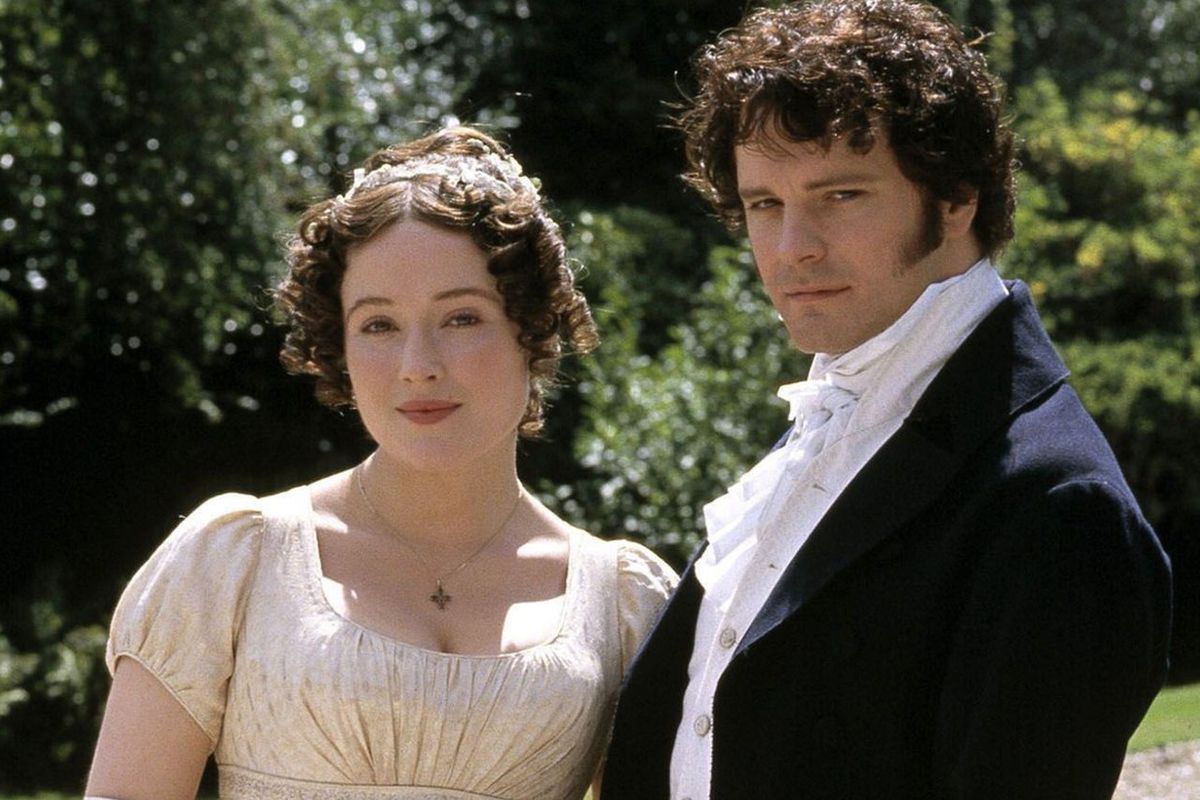…and an early feminist
Jane Austen’s novels are not feminist in the way we mean it today. But they do hint at the need for equality between the sexes. Her heroines defy gender norms, and push for more agency in their own lives.
The overarching theme that runs throughout all her novels is the inequality faced by women in Regency society. At the time when she was writing, women had very few legal, social or economic rights. Very few upper- and middle-class women could own their own property. Women had little formal education, could not enter university or the professions, and great stigma attached to the idea of a middle-class woman working for an income: think of the way Jane Fairfax is pitied in Emma because she has no choice but to work. Legally, an unmarried woman was the responsibility of her father, but once married she was completely under her husband’s control, as were her children and any property. Yet for most women marriage was the only option for respectable survival.
So while Jane Austen’s novels do revolve around marriage, we must remember how immensely important the question of marriage was to most women. At one end of the scale, it was a question of wealth and status; but at the other it was simply about securing a home, securing oneself from poverty, and avoiding the destitution of an ‘old maid’.
But whilst Jane Austen makes clear the hard economic facts of marriage, she also offers, in the examples of her heroines, another possibility: marriage for mutual love and esteem. If a husband effectively ‘owns’ his wife, then marriage to a man who does not care about you is not a safe or secure place to be. The hope was that you might marry a man who loved and respected you, and would treat you as an equal even if the law did not demand it. While her novels show unhappy marriages (like that of the Bennets in Pride and Prejudice) and marriages of economic necessity (like that of Charlotte Lucas to Mr Collins in the same novel), she is optimistic (or romantic) enough to suggest that it may be possible to find equality inside marriage.

